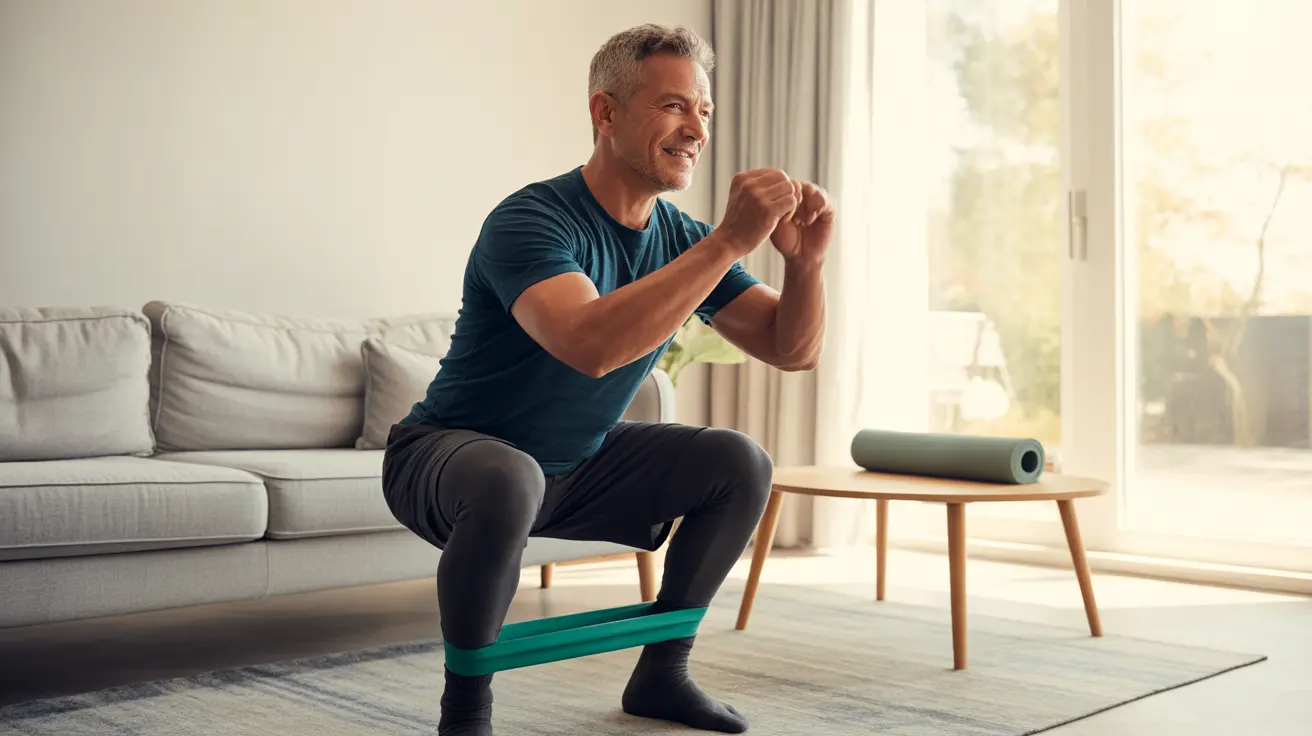Managing type 2 diabetes effectively requires a comprehensive approach, and exercise plays a crucial role in controlling blood sugar levels and improving overall health. Incorporating regular physical activity into your daily routine at home can significantly impact your diabetes management journey.
This guide will explore various exercises you can safely perform at home to help manage your diabetes, along with essential tips for maintaining proper form and safety during your workouts.
Understanding the Benefits of Home Exercise for Diabetes
Regular physical activity helps your body use insulin more efficiently, reduces blood sugar levels, and supports weight management. When you exercise consistently at home, you can experience improved glycemic control, reduced cardiovascular risks, and enhanced overall well-being.
Essential Home Exercises for Diabetes Management
Walking and Low-Impact Cardio
Walking is one of the most accessible and effective exercises for diabetes patients. Start with 10-15 minutes of brisk walking around your home or neighborhood, gradually increasing duration as your fitness improves. You can also march in place while watching television or use a stationary bike if available.
Strength Training Exercises
Resistance exercises help build muscle mass and improve insulin sensitivity. Try these bodyweight exercises:
- Wall push-ups
- Chair squats
- Standing calf raises
- Resistance band exercises
- Modified planks
Yoga and Flexibility Work
Yoga combines gentle movement with stress reduction, making it ideal for diabetes management. Focus on basic poses such as:
- Mountain pose
- Chair pose
- Tree pose
- Cat-cow stretches
- Gentle twists
Creating an Effective Exercise Schedule
For optimal diabetes management, aim for at least 150 minutes of moderate-intensity exercise spread throughout the week. Break this down into 30-minute sessions five days per week, or shorter 10-15 minute sessions multiple times per day.
Safety Guidelines for Home Workouts
Before starting any exercise routine, consider these important safety measures:
- Check blood sugar before, during, and after exercise
- Keep fast-acting carbohydrates nearby
- Wear appropriate footwear and comfortable clothing
- Stay hydrated throughout your workout
- Monitor how you feel and adjust intensity as needed
Frequently Asked Questions
- What are the best exercises I can do at home to help manage my type 2 diabetes?
The best home exercises include a combination of aerobic activities like walking or marching in place, strength training with bodyweight exercises or resistance bands, and flexibility work through yoga or gentle stretching. This variety helps maintain blood sugar control while improving overall fitness.
- How often and how long should I exercise each week to control my blood sugar effectively?
Aim for 150 minutes of moderate-intensity exercise per week, ideally spread across 5 days. You can break this down into 30-minute sessions or shorter 10-15 minute intervals throughout the day, depending on your schedule and fitness level.
- What safety precautions should I take when exercising at home with diabetes?
Always check your blood sugar before exercising, keep fast-acting carbohydrates nearby, wear proper footwear, stay hydrated, and monitor how you feel during activity. Start slowly and gradually increase intensity as your fitness improves.
- Can walking or yoga at home improve my insulin sensitivity and blood sugar levels?
Yes, both walking and yoga can improve insulin sensitivity and help control blood sugar levels. Walking provides effective aerobic exercise, while yoga combines physical activity with stress reduction, both beneficial for diabetes management.
- How do resistance and aerobic exercises together benefit diabetes management at home?
Combining resistance and aerobic exercises provides comprehensive benefits for diabetes management. Resistance training builds muscle mass and improves insulin sensitivity, while aerobic exercise helps control blood sugar levels and supports cardiovascular health.
Remember to consult with your healthcare provider before starting any new exercise routine, especially if you have any diabetes-related complications or other health concerns.




